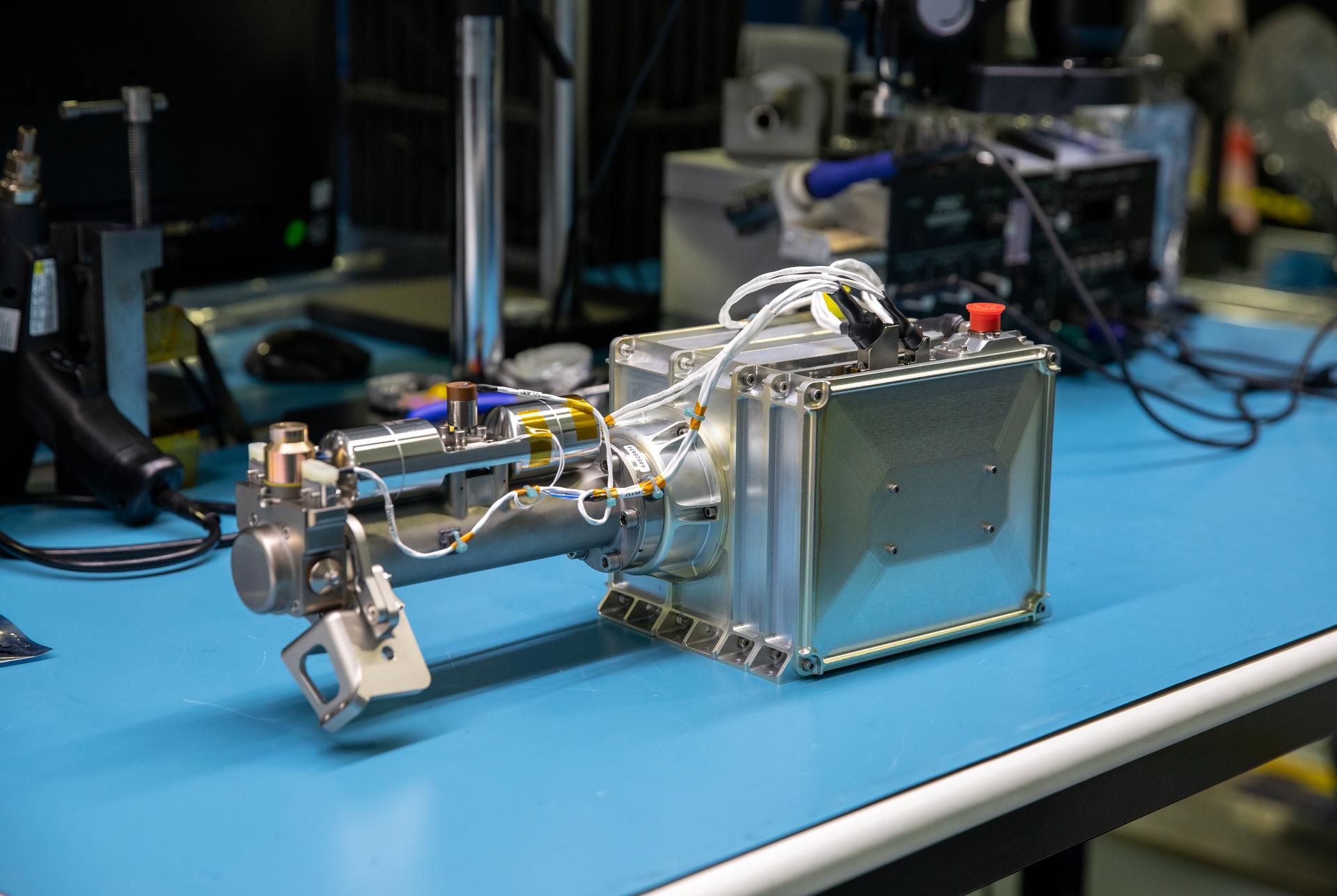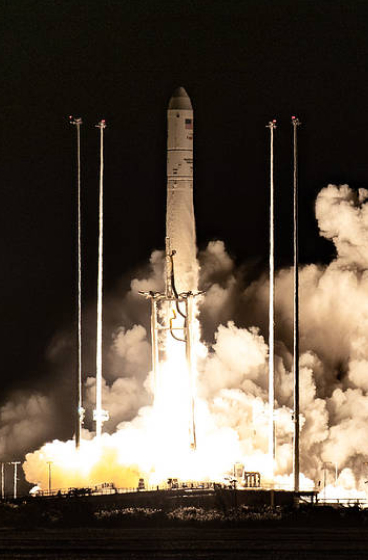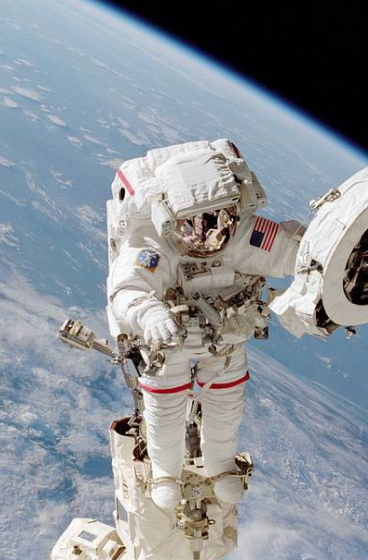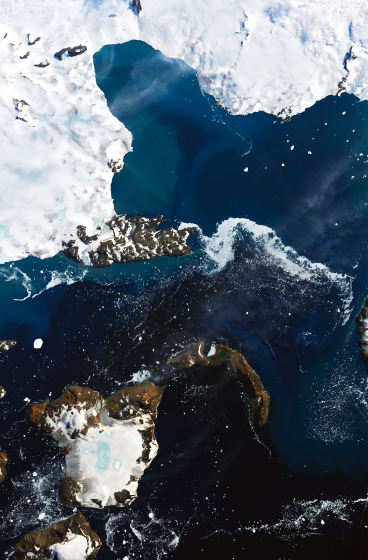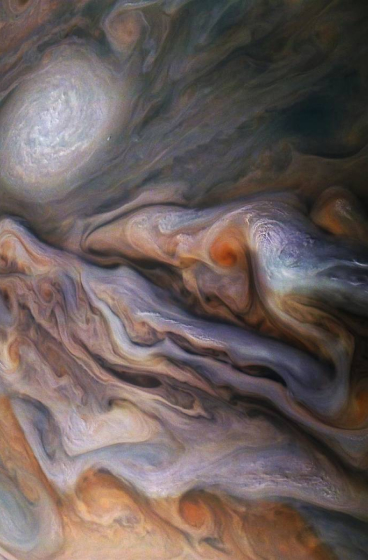How Are We Made of Star Stuff? We Asked a NASA Expert: Episode 58
- According to NASA expert, we are literally made of star stuff, as the elements that make up our bodies were formed in previous stars.
- The universe existed for billions of years before humans and our solar system, and all the elements on Earth’s periodic table were created by previous generations of stars through processes like stellar winds and supernovae explosions.
- Modern telescopes like the Hubble Telescope, James Webb Space Telescope, and Chandra X-ray Observatory can map out elemental abundances in the universe, tracing back to the same elements that form us and our planet.
- The connection between stars and Earth is not just theoretical; it’s observable: we see the same elements on Earth as we do in asteroids and other celestial bodies.
- This cosmic connection is often referred to by Carl Sagan as “The cosmos is within us. We are made of star stuff. We are a way for the universe to know itself.”
2 min read
Preparations for Next Moonwalk Simulations Underway (and Underwater)
How are we made of star stuff?
Well, the important thing to understand about this question is that it’s not an analogy, it’s literally true.
The elements in our bodies, the elements that make up our bones, the trees we see outside, the other planets in the solar system, other stars in the galaxy. These were all part of stars that existed well before our Sun and Earth and solar system were even formed.
The universe existed for billions of years before we did. And all of these elements that you see on the periodic table, you see carbon and oxygen and silicon and iron, the common elements throughout the universe, were all put there by previous generations of stars that either blew off winds like the Sun blows off a solar wind, or exploded in supernova explosions and thrust their elements throughout the universe.
These are the same things that we can trace with modern telescopes, like the Hubble Telescope and the James Webb Space Telescope, the Chandra X-ray Observatory. These are all elements that we can map out in the universe with these observatories and trace back to the same things that form us and the elemental abundances that we see in stars now are the same things that we see in the Earth’s crust, we see in asteroids. And so we know that these are the same elements that were once part of these stars.
So the question of, “How are we made of star stuff?”, in the words of Carl Sagan, “The cosmos is within us. We are made of star stuff. We are a way for the universe to know itself.”
[END VIDEO TRANSCRIPT]

